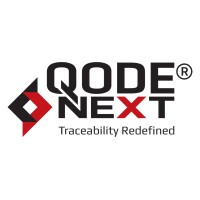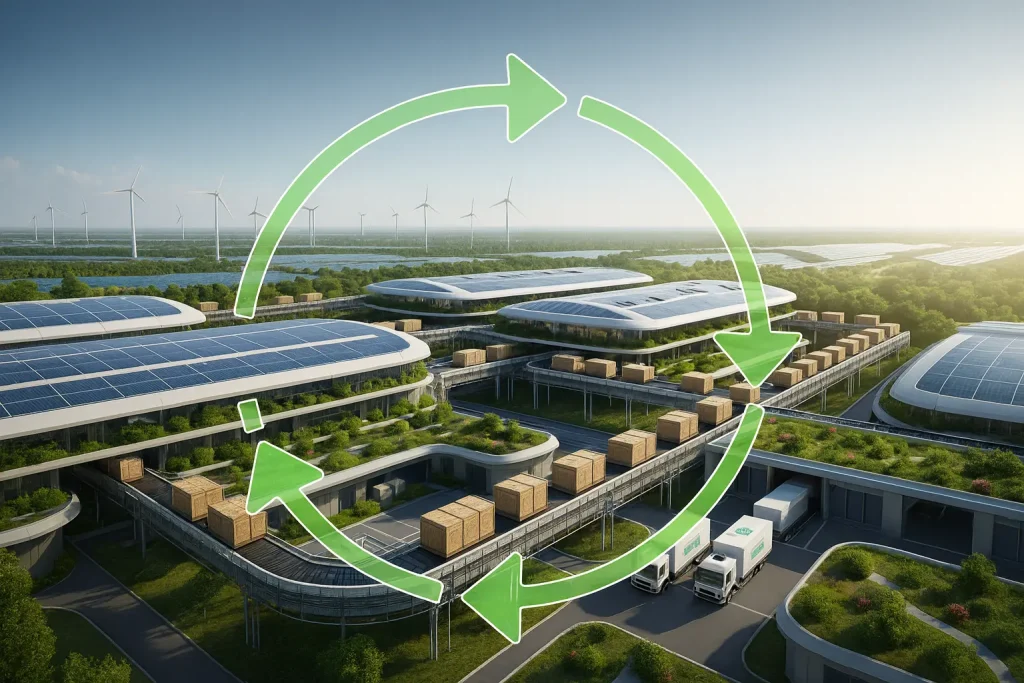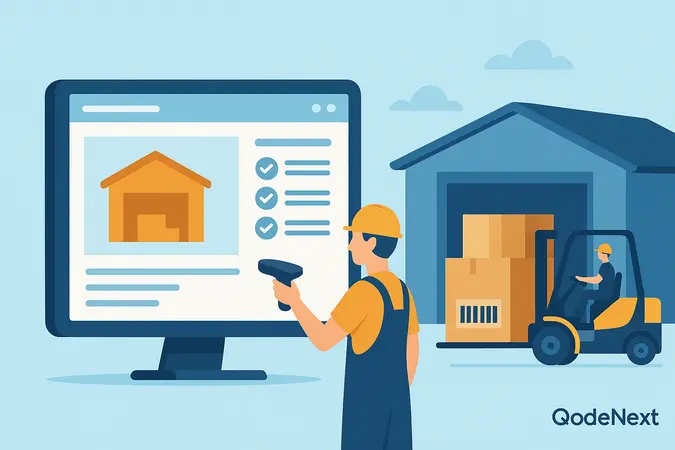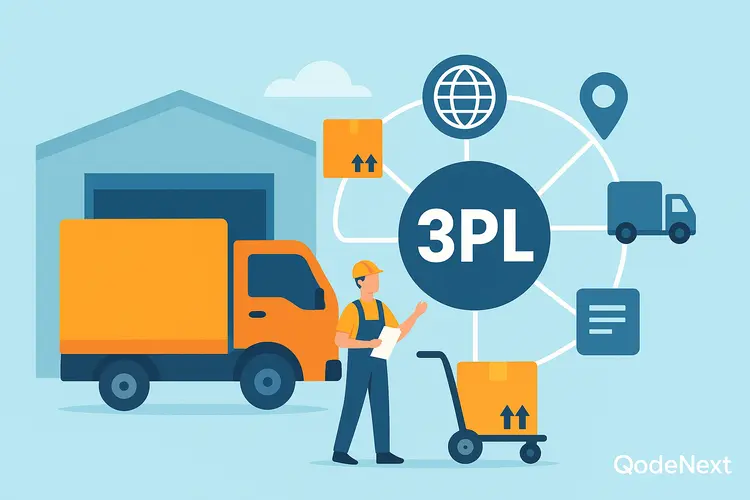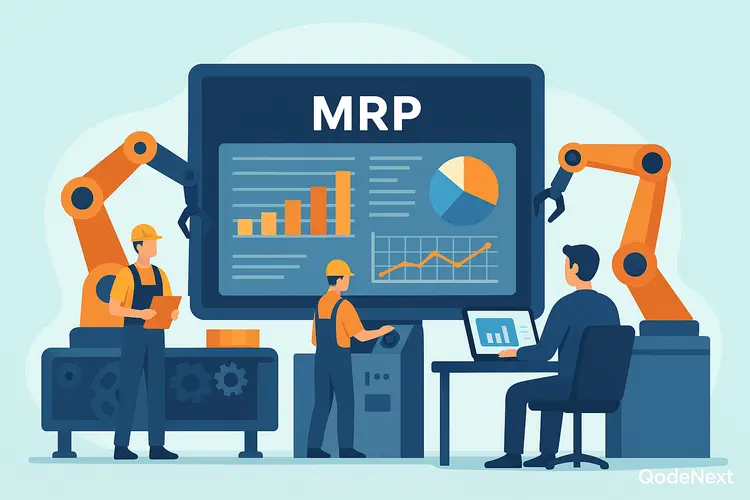Start keeping an eye on your vehicles in the fast-paced world of today! A vehicle tracking system brings an excellent option for you to value the security, safety, and operational efficiency of your vehicles. Let us see how it works.
Using technologies like GPS (Global Positioning System) and GSM (Global System for Mobile Communications), this cutting-edge solution helps you track and manage your cars by providing you with real-time data on position, direction, speed, engine management, driver behavior, and many more.
But how exactly do these magical systems function? As we explore these wonders’ inner workings, fasten your seatbelts and get ready!
The System’s Core: GPS and Beyond
A global radio navigation system consisting of at least 24 functioning satellites in continuous orbit around Earth powers the Global Positioning System, or GPS which tracks and determines the location of your vehicle.
To communicate with your GPS tool, the Global Navigation Satellite System (GNSS) network sends out radio signals from a medium Earth orbit. Receivers analyze the information in these signals to determine the device’s precise location, time, and speed of motion. The cellular network is then used to send the info to your PC or smartphone.
Trilateration, the basis of GPS functioning, determines latitude, longitude, elevation, and time by utilizing the positions of three or more satellites and their separation from the GPS unit. A minimum of four satellites’ location and signal travel time are needed to compute your car’s trip route, speed, and other parameters quickly and precisely.
How Does a Vehicle Tracking System Work?
A typical vehicle tracking system uses a GPS device installed in each vehicle. This device communicates with satellites to determine the vehicle’s exact location, speed, and route. The data is then transmitted via a cellular or wireless network to a central server, allowing you to monitor your fleet on a computer or smartphone.
For a comprehensive overview of the different types of vehicle tracking systems, including GPS, cellular, and RFID-based options, check out our detailed guide.
Types of Vehicle Tracking Systems
There are several types of vehicle tracking systems available, each suited to different business needs:
- Active Tracking Systems: These provide real-time updates and are ideal for businesses that need instant visibility.
- Passive Tracking Systems: Data is stored and can be accessed later. Learn more about their use cases in our article on passive vehicle tracking.
- Hybrid and IoT-based Systems: For advanced requirements, hybrid and IoT-enabled solutions offer package-level tracking and enhanced analytics.
The operation of a GPS vehicle monitoring system in your fleet is as follows:
- Put a GPS tracking device in every asset or car that you wish to monitor.
- The receiver receives signals that are delivered from the satellite.
- In real-time, the receiver determines its distance from the satellites.
- A report with the coordinates, speed, and travel distance or movement of your car is generated.
- The GPS server receives the data via a wireless or cellular network.
- It enables end customers to view reports in real-time on their PC, smartphone, or tablet.
- Users have the option to configure automated notifications for the data that best suits their requirements.
No matter the route, GPS car tracking can help give historical or real-time navigation data and determine your vehicle’s location even if the satellite signals are obstructed by using cell tower signals. Its main goal is to track and report the current location of your car and the information can be used in a variety of ways, providing details about the vehicle’s journey history, diagnostics, speed, direction, and idle time.
Key Features of a Vehicle Tracking System
- It provides time-to-time updates on your vehicles’ real-time location.
- Enables you to set your vehicle’s geographic bounds with geo-fencing so that when your car crosses or enters these lines, you get an alert.
- You can directly disable your vehicle in case of theft.
- Helps you track your car’s fuel levels by providing information about your fuel usage.
- Driver behavior monitoring keeps tabs on actions taken by drivers, including acceleration, hard braking, and speeding.
- Notifies you with maintenance alerts related to your car’s mileage and usage.
Specialized Vehicle Tracking for Plants and Facilities
Some industries require tailored solutions. For example, manufacturing plants benefit from systems designed for internal logistics and yard management. Discover the unique features and top software for plant vehicle tracking systems to optimize movements within your facility.
Choosing the Right System
Selecting the best vehicle tracking solution depends on your business size, industry, and operational needs. Explore the different types of vehicle tracking systems for a side-by-side comparison, and consider whether you need specialized options like plant vehicle tracking or passive tracking.
5 Major Benefits of Using a Vehicle Tracking System
Here are some positive sides of using a vehicle tracking system that we have highlighted. Just take a look!
Better Fleet Management
Similar to its use for personal automobiles, GPS tracking offers valuable data and analytics for commercial fleets. Satellites receive geopositioning data on current locations, offering crucial diagnostics about both commercial and personal vehicles. This information encompasses details like speed, location, mileage, and emissions, all of which are accessible through your mobile device. All these help in effective fleet management, which lowers costs and boosts output.
Enhanced Security
Regardless of traffic, diversions, or other factors, real-time warnings or notifications in case of thefts or illegal use, validate drivers’ whereabouts and projected arrival timings. These also aid in determining whether delays are the result of violations like long breaks or private activities carried out during working hours.
Safety monitoring is particularly necessary for personal automobiles since environmental factors like inclement weather and mechanical issues account for 10% of all vehicle accidents.
Enhanced Efficiency
Suppose your delivery driver faces a flat tire issue during a shipment of some vital goods, or if someone runs out of fuel, you will receive a real-time notification on your mobile device about such things. Connected Car transmits real-time location data if your car has an accident or a mechanical issue, guaranteeing prompt assistance.
Through route maps, such systems can reduce any disruptions and show direct paths and significant stops like eateries, gas stations, and other areas of interest. It also conveniently saves data on locations that have already been visited for easy access.
Improved Customer Service
With the help of real-time location in these vehicle tracking systems, your company can precisely project delivery timeframes. Delivery businesses benefit from tracking systems, providing clients with precise delivery windows, enhancing service accuracy and customer satisfaction. Customers value this degree of openness, consistency, and trustworthiness, and it may encourage greater pleasure and repeat business. Tracking systems ensure timely order delivery, enabling businesses to address delays and optimize routes, enhancing customer satisfaction and operational efficiency.
Lower Insurance Costs
Cars with tracking devices may secure lower insurance rates, offering alerts for maintenance, parts replacement, and driver safety. By offering real-time tracking and signals in the event of unlawful use, it can help you in the prevention of theft.
Since it also enables you to keep an eye on your driver’s behavior, it can reduce insurance claims and accidents, like speeding, and hard braking. Thus, you can get cheaper insurance rates by lowering the risk of such uncertainties or expensive maintenance costs, which eventually saves you money.
FAQs: How does a vehicle tracking system work?
1. How to connect a vehicle tracking system?
The steps involved in connecting your vehicle tracking system include installing a tracking device in the car, activating it with a SIM card, utilizing the GSM network to connect to the central server, and gaining access to the software via a mobile app or web interface.
2. How does it help in compliance with regulations?
Through the monitoring of driver behavior and hours of service, a vehicle tracking system ensures that your drivers take the necessary breaks and rest intervals, assisting in compliance with regulations pertaining to their safety and working hours.
3. Which is the best GPS vehicle tracking system?
Though it depends on your specific needs and requirements, some popular ones are Trackimo, Verizon Connect, and GPS Insight.
4. Can a vehicle tracking system operate in areas with poor GPS signals?
Yes, most advanced vehicle tracking systems can use cellular networks and triangulation from cell towers to estimate a vehicle’s location when GPS signals are weak or unavailable, such as in tunnels or dense urban areas. While the accuracy may decrease slightly, the system still provides valuable location data. This ensures continuous tracking and reporting even in challenging environments.
5.What data can be accessed through a vehicle tracking system dashboard?
A typical dashboard provides real-time and historical data, including current location, speed, route history, engine status, fuel consumption, driver behavior, and maintenance alerts. Many systems also offer customizable reports, notifications, and analytics to help users optimize fleet operations. This comprehensive data empowers better decision-making and proactive management.
6. How does a vehicle tracking system improve driver safety?
The system monitors driving patterns such as harsh acceleration, sudden braking, speeding, and excessive idling. Fleet managers can use this information to provide feedback and training to drivers, encouraging safer driving habits. Over time, this leads to fewer accidents, reduced wear and tear, and a safer road environment for everyone.
7. Is it possible to integrate a vehicle tracking system with other business software?
Yes, many modern vehicle tracking systems offer integration capabilities with enterprise resource planning (ERP), customer relationship management (CRM), and logistics management software. This allows for seamless data sharing across platforms, improving workflow automation and overall efficiency. Integration also helps businesses gain a holistic view of their operations.
Conclusion
Is anyone willing to increase their vehicle’s effectiveness, security, and safety? Then, you can get benefit greatly from investing in a vehicle tracking system software. Its cutting-edge features and capabilities can assist you in streamlining operations, reducing costs, and improving customer service.
Start using this wonderful monitoring system today and enjoy your car ride!
